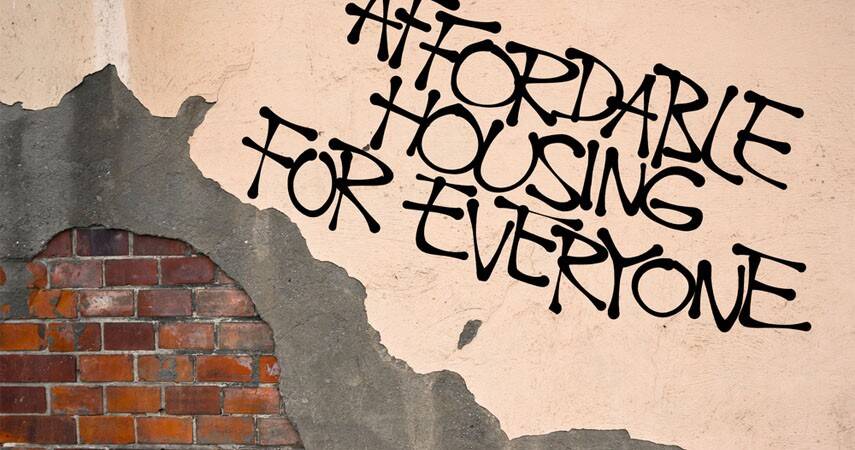The bigger picture:
India is home to 1.2 billion people (Census 2011 data). Of the total population, around 480 million have jobs and roughly 45 million people are facing unemployment. Hence, keeping this data in mind one can easily understand that even the most affordable of the homes cannot be afforded by millions in our country. To back up this argument let us discuss one of the unfortunate incidents witnessed in Haryana last month. The Haryana Urban Development Authority (Huda) organised an auction of around 1500 flats for the economically weaker section (EWS) of the society. The said flats, which were around 380 square feets in size, were available for as low as Rs 4 lakh. However, despite the prices being so cheap and “affordable”, there were no takers for any of the flats and they still lie vacant. Hence the question- Is the affordable really affordable? Or is it time to lower the bar of affordable housing by a few notches?
It is not only the price of the home that matters but also its location. Although it is commendable that the government is trying to come up with economical housing, special care should be taken while selecting the project’s location. People generally like to live near their place of work in order to reduce the travelling time. Launching economical housing projects in the areas which generate mass employment would become an instant hit among home buyers.
Affordable housing for all:
It is not only the EWS that suffers due to high property prices but the middle class also feels the pinch of inflated property rates. The issue of unaffordability drags people to buy property in far off places with limited amenities. For example, a 2 BHK flat in Pimple Saudagar, Pune costs anything between Rs 75-80 lakhs. A recent study suggests that a highly skilled professional earns around Rs 50,000 a month and it is only Rs 12,000 for a low skilled professional. Now coming on to the property rates in Pune, it is almost impossible for both sets of aforementioned professionals to buy a flat in Pune based on their current salaries.
In today’s market conditions, even if a person is willing to pay around 30 percent of his salary as EMI against the loan, chances are he would not be able to get a property in major locations. This brings us to a conclusion that most of our working force, be it EWS or middle class, is finding it tough to afford the so called affordable pricing. Hence, there arises a need to review the policy on affordable housing and make it beneficial for all.







